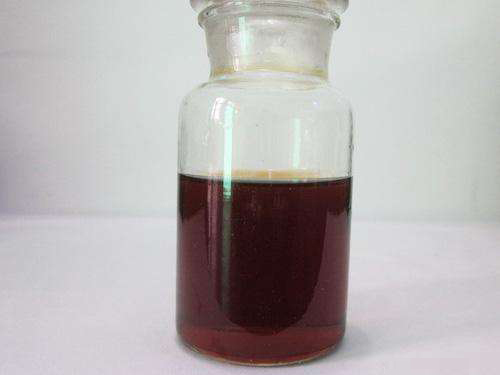coagulants and flocculants in water treatment
Coagulants and Flocculants in Water Treatment
Water treatment is a crucial process aimed at making water safe for human consumption and environmental discharge. Among the various methods employed in this endeavor, the use of coagulants and flocculants plays a vital role in removing suspended solids, colloidal particles, and contaminants from water. Understanding these agents and their functions is essential for effective water treatment.
Coagulants are chemical substances added to water during the treatment process to destabilize suspended particles. These particles are often negatively charged, which prevents them from clumping together. When a coagulant is introduced, it neutralizes the charges of these particles, causing them to aggregate into larger clumps or flocs. Common coagulants include aluminum sulfate (alum), ferric chloride, and polyaluminum chloride. The choice of coagulant depends on the specific water characteristics and the types of contaminants present.
Once the coagulants have been added, the next step is the flocculation process, during which a flocculant is introduced. Flocculants are often high-molecular-weight polymers that further enhance the aggregation of the flocs formed during coagulation. By bridging the gaps between the flocs, these polymers create larger, more stable aggregates that can be easily removed through sedimentation or filtration. Common flocculants include polyacrylamide and natural organic polymers, such as guar gum.
coagulants and flocculants in water treatment

The combination of coagulants and flocculants is particularly effective in treating water containing silt, algae, and other organic matter. In addition to improving the physical appearance of water, this process significantly reduces turbidity, which is a key indicator of water quality. Furthermore, by facilitating the removal of pathogens and chemical contaminants, coagulants and flocculants contribute to the overall safety of treated water.
The effectiveness of coagulants and flocculants can be influenced by various factors, including pH, temperature, and the concentration of suspended solids. Hence, water treatment facilities often conduct jar tests to determine the optimal dosages and combinations of these agents for a specific water source. This testing helps ensure that the treatment process is both efficient and cost-effective.
Moreover, advancements in technology and research are continually improving the formulations and applications of coagulants and flocculants. Sustainable practices, such as using biodegradable and eco-friendly alternatives, are being explored to minimize the environmental impact of chemical residues in treated water.
In conclusion, coagulants and flocculants are indispensable in modern water treatment processes. Their ability to enhance particle aggregation and facilitate the removal of contaminants ensures cleaner, safer water for communities. As water treatment challenges evolve, ongoing research and innovation will continue to enhance the efficiency and sustainability of these critical agents.
-
The Power of Isothiazolinones in Modern ApplicationsNewsMay.08,2025
-
Flocculants in Water TreatmentNewsMay.08,2025
-
Flocculants and Chemical Solutions: What You Need to KnowNewsMay.08,2025
-
Flocculants and Chemical Solutions: A Growing IndustryNewsMay.08,2025
-
Essential Chemicals: Polymaleic Anhydride and MoreNewsMay.08,2025
-
Acrylic Polymers: Essential Solutions for IndustryNewsMay.08,2025





